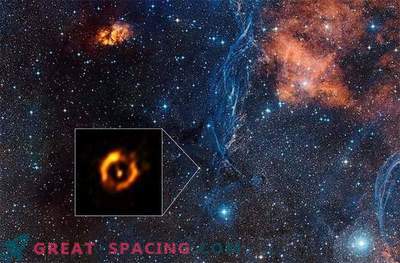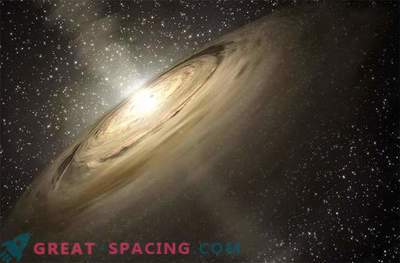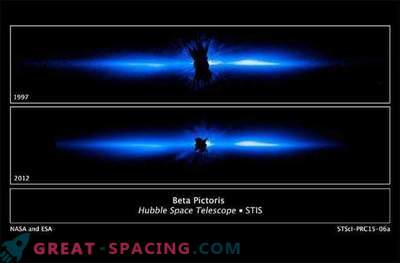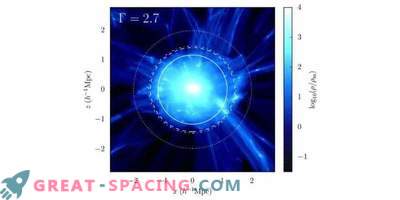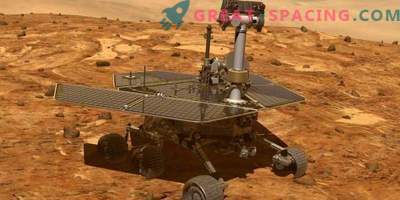
Beautiful new images from the European Southern Observatory show astronomers the birth of a child's planet.
Space is considered to be permanent and unchanged. But thanks to these surprisingly detailed observations of protoplanetary disks surrounding young stars, we have witnessed rapid changes.
While enlarging the image of young stars surrounded by dust from the formation process, the SPHERE tool attached to the powerful Very Large Telescope (VLT) ESO (European Southern Observatory) in Paranal Observatory of Chile managed to look at the details in the early stages evolution of planetary systems. During the formation of the Solar System over 4 billion years ago, the components of all the planets would resemble grooved tracks, as can be seen in this observation. As is often the case in many areas of astronomy, you need to peer into the galaxy to learn more about our own origins.
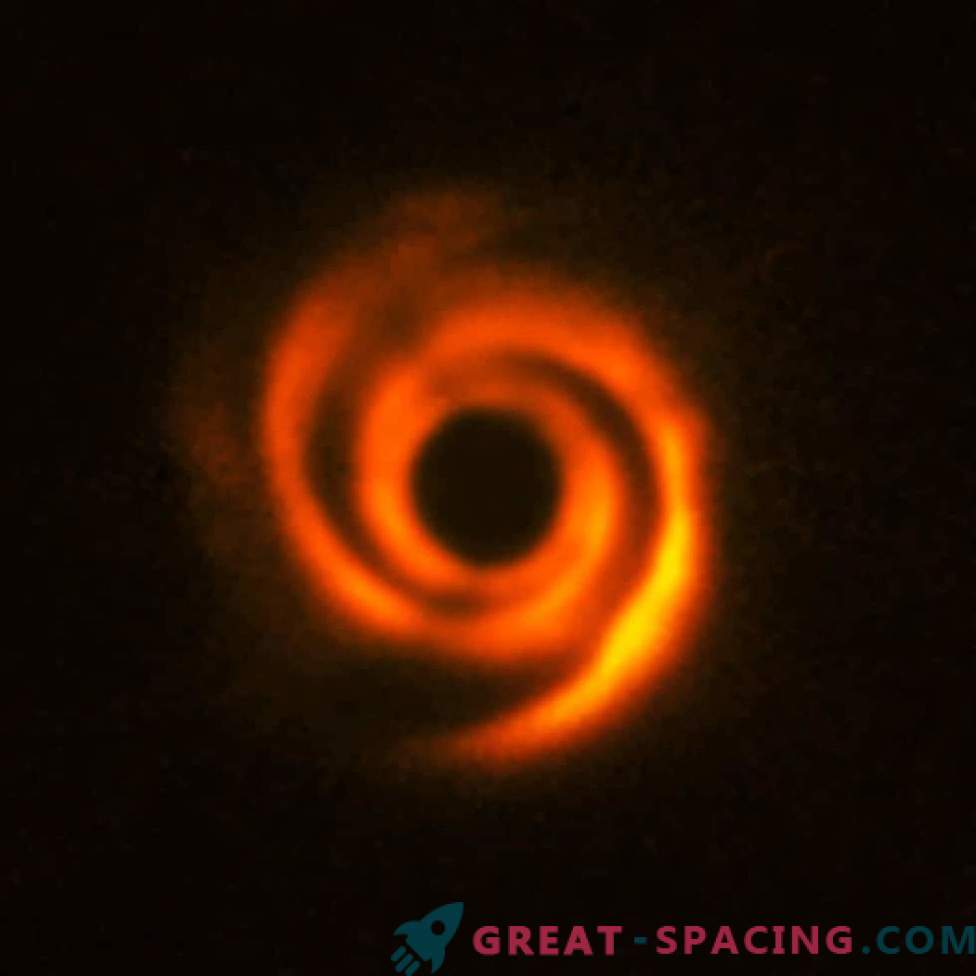
Although astronomers have a pretty good idea of the process of forming planets, there are still secrets. These include the moments when the planets take their “first steps”, acquire gravitational force to attract more material, and cut intricate paths and whirlwinds in the disks surrounding the stars. Of the latest observations, a remarkably young star system RX J1615 (pictured below), located about 600 light-years from Earth and only 1.8 million years old, draws attention. It shows surprisingly complex symmetric rings around a central star. “The disc gives hints that the planet is still in the process of formation,” writes ESO in a statement.
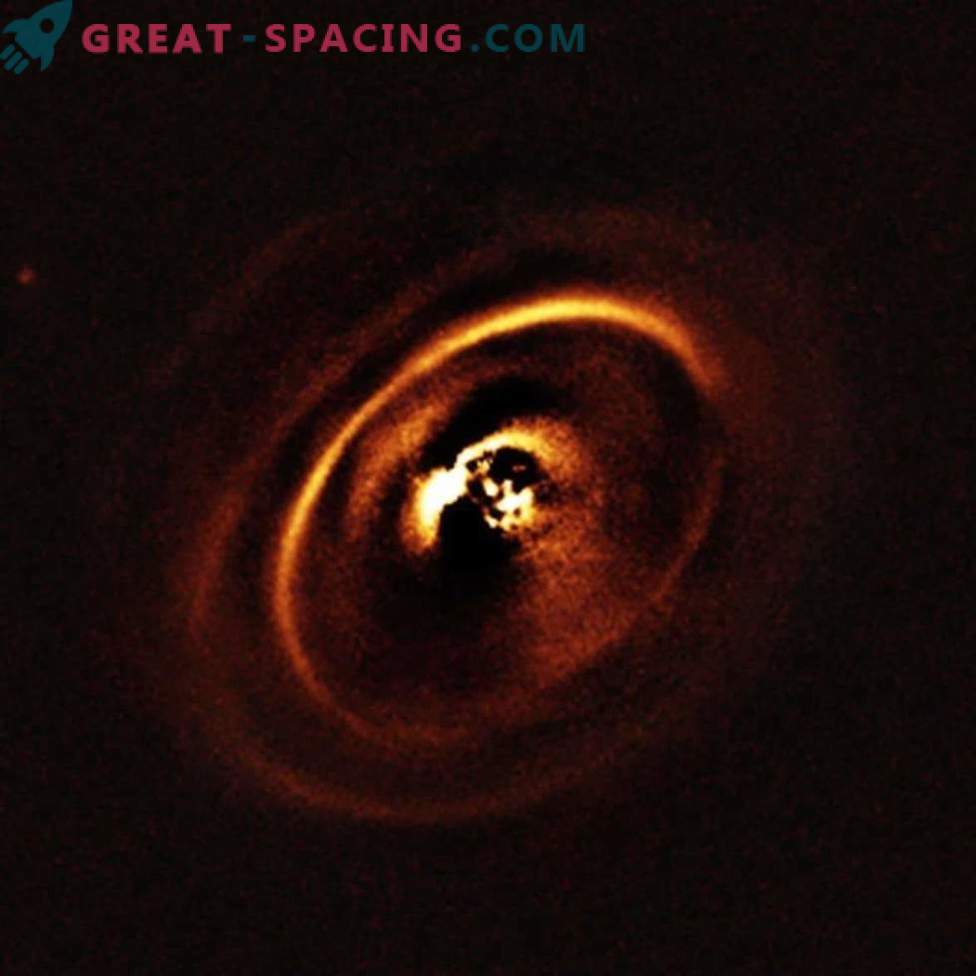
But not all the “baby steps” of the planets form these symmetric saturn-like rings. One burgeoning star system is called HD 135344B. It is located about 450 light-years from Earth and possesses an asymmetric whirlpool of ring fragments and tracks in the protoplanetary disk (below). And the most interesting thing about this particular star system is that astronomers have seen changes in the structure of the disk, which has been transformed over a certain period of just a few months. This process of forming a star system and SPHERE provides astronomers with the opportunity to track the whirlwinds of dusty material created by the movement of the “children's planet."
“By creating an impressive amount of knowledge about these protoplanetary disks, these teams take a step towards understanding how the planets form the disks that form them, and, consequently, the process of the formation of the planets,” added ESO.

